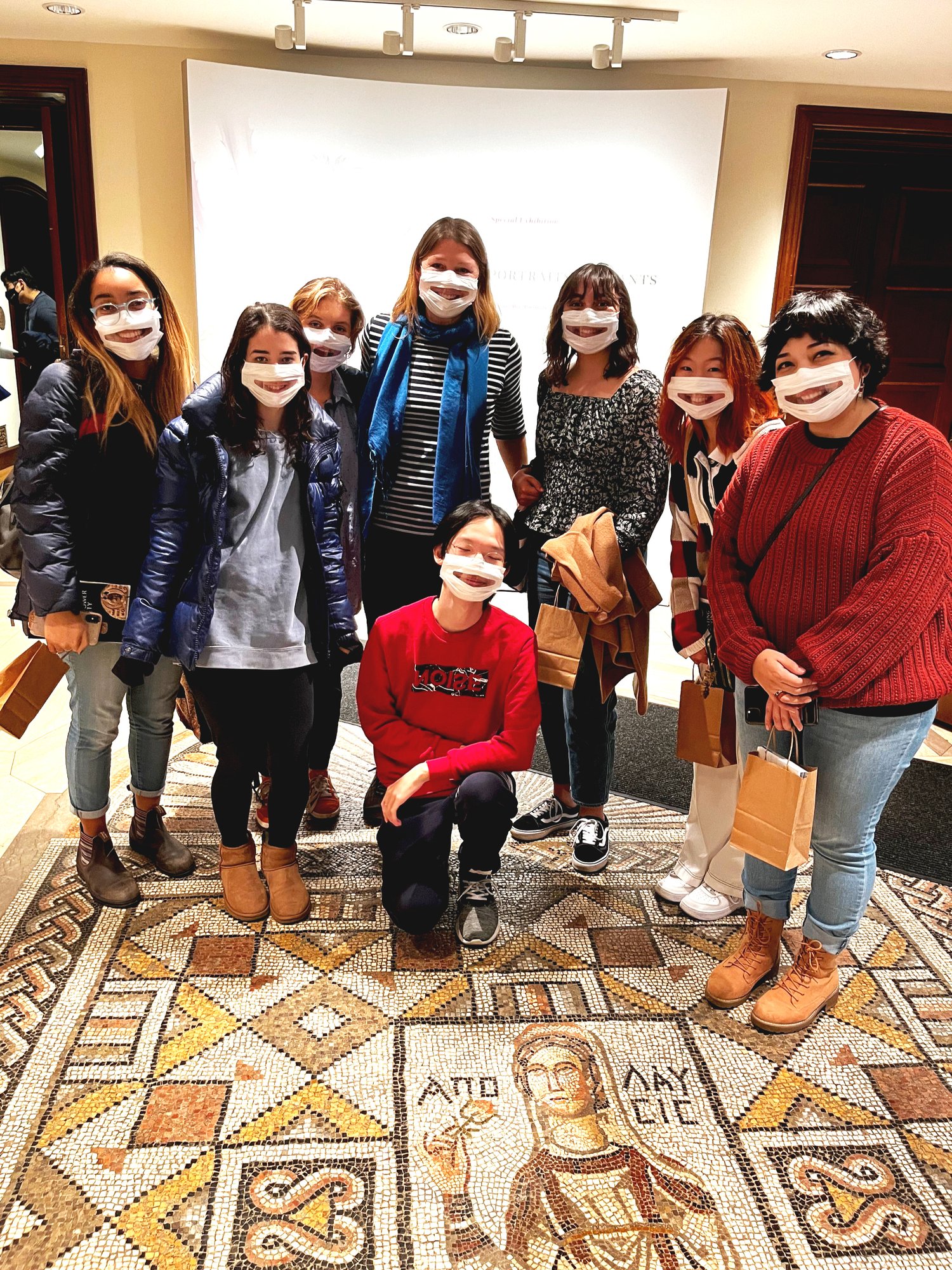ARP: Excavation History
At present, I am interested in researching and understanding the excavation history and the distribution of the Antioch mosaics throughout various museum collections. While I am interested in the excavation history, I am focused on how the excavation history and the key people and players involved can provide insight into the journeys of these objects from Antioch to collections throughout the world. In particular, while the excavations were led by Princeton University and Musées Nationaux de France in conjunction with the BMA, Worcester Art Museum, and later the Fogg Museum of Art at Harvard and Dumbarton Oaks, it is also interesting to ponder the distribution of mosaics to museums that were seemingly not involved in the initial plans for excavations, such as Antioch mosaics housed in the Getty Villa in Malibu or the Honolulu Museum of Art. A variety of possible avenues for inquiry within the larger umbrella of excavation/distribution history (which I will label under the collective title of “provenance”) arise:
Who were the key people and players involved in the excavations? What were their connections to museums/art institutions, and how did these connections shape the distribution of the mosaics?
What were the political, social, historical, and financial factors shaping the distribution?
For the museums involved in the excavation, what kind of art comprised their initial collections? Was their participation fueled by a desire to build their collections? Moreover, is it common for museums to be involved in excavations, and what are the legal and ethical ramifications (if any) for this?
Why were certain mosaics belonging to the same structure in Antioch distributed to different museums?
How did museums with no immediate involvement in the excavation acquire mosaics?
How were these mosaics transported to their respective locations?
Examining the history of the excavations and distribution thus opens up a broad array of questions and possible avenues for research. However, to make this more manageable for a semester course, I intend on approaching it in the following way: By first providing a brief sketch of the excavation history and outlining key institutions and individuals involved, and then, as a case study, mapping the distribution by focusing on a single mosaic in the BMA collection and investigating the accompanying mosaics and other objects from a specific site in Antioch that may have been distributed to different collections. This exploration would also provide an excellent opportunity to use digital mapping tools as well as modeling tools to bring together disparate mosaics into their original (digitally reconstructed) context. Right now, I am focusing on finding a specific mosaic from the BMA to research as a case study, and am cognizant that since there are many moving parts in this analysis, that a great degree of flexibility must be involved to alter preliminary plans as the research ebbs and flows and new findings and complications shape future directions. Moreover, this is surely compounded by the rich trove of archival material, namely those at Princeton and at the BMA, that will aid in my research. The sheer amount of archival documents available–from excavation reports to correspondences among the different agents involved in the excavations–is dizzying and overwhelming, and my next task (after finding a specific group of mosaics to work with) must be to streamline this process to look at the available archival material in a way that is efficient and productive, but not exhaustive.
Ella Gonzalez
